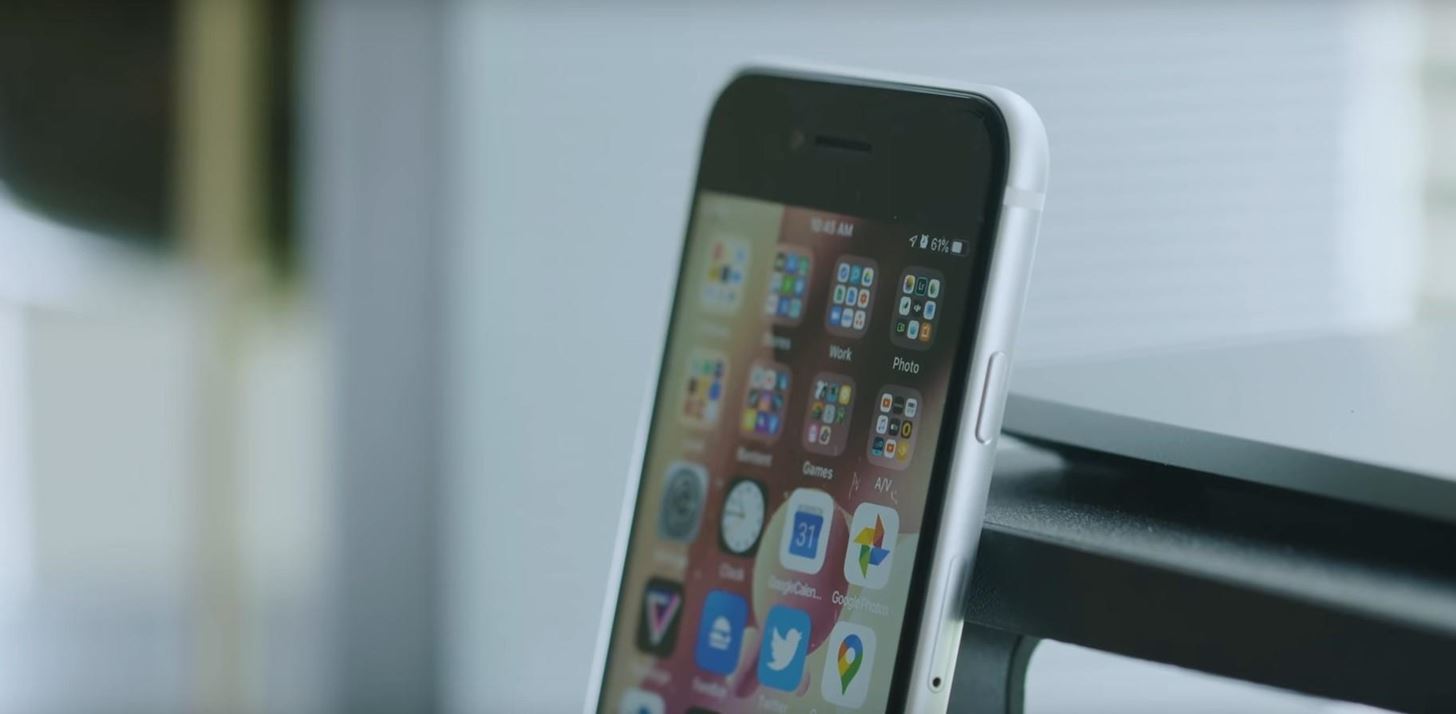Up until April 2020, the iPhone XR was, for many new users, the first entrance into the world of Apple because it was the cheapest iPhone model since the original iPhone SE. Now, the second-generation iPhone SE has shown up at the same initial starting price as its predecessor, giving budget-friendly buyers another choice.
At first glance, the iPhone XR may seem like the better deal with its Liquid Retina display, bigger battery, and Face ID security. But when those are the most significant differences between the iPhone XR and the 2020 iPhone SE, do they justify the extra $200, especially considering the XR has already been out for 18 months? If you prefer Touch ID fingerprint security over facial recognition biometrics, the iPhone SE is a steal and even one-ups the XR in other departments.
Comparison Chart

Why You Should Get the iPhone SE
At a $399 starting price, there is no other iPhone sold by Apple that is cheaper. Last year, the company was selling the original iPhone SE on clearance at a discounted price below $300, but that’s unlikely to happen again. Plus, the original iPhone SE is now four years old and nearing its max supported age.
Despite the second-generation iPhone SE’s low price point, you still get the same system-on-a-chip as the iPhone 11 Pro, the A13 Bionic. The iPhone XR is stuck on the previous generation SoC, the A12 Bionic.
If you need a lot of storage, the iPhone SE goes up to 256 GB in internal storage, while the XR maxes out at 128 GB. More space is necessary if you’re taking tons of photos and videos and don’t want to pay for extra iCloud storage.

As for its photo- and video-taking skills, the iPhone SE is comparable to the iPhone XR. The rear cameras on both have the same lens type, photo resolution, aperture, zoom abilities, flash, and max video resolution. However, while both rear cameras do have optical image stabilization, only the SE can use Apple’s advance “cinematic video stabilization” for all resolutions, not just 1080p and below as on the XR.
Also, the SE can use Apple’s new QuickTake feature for the front and rear camera. The XR cannot say the same thing, unfortunately.

For data, the iPhone SE (2nd generation) is a better phone thanks to its Gigabit-class LTE radios, which support more bands than the cellular modem of iPhone XR. And the same can be said on Wi-Fi, thanks to its Wi-Fi 6 (802.11ax) support, which provides faster speeds, improved security, and a stronger connection than Wi-Fi 5 (802.11ac).

With its 4.7-inch screen size, the 2020 iPhone SE is currently the most compact iPhone sold and one of the smallest smartphones sold by any manufacturer at this point. And for those of you interested in purchasing the basic AppleCare+ plan, the iPhone SE costs $70 less than the XR‘s or $100 less for the extended plan with theft and loss protection. The monthly AppleCare+ payment options are also cheaper.
Overall, if you prefer smaller phones, cheaper prices, faster processors, more storage, faster connections, and Touch ID over Face ID, as well as a phone that will last until at least the end of 2023, you can’t beat the iPhone SE, which has all of the major tech reviews raving about it. I’ve never seen such a consensus before on how big a steal an iPhone was.
Why You Should Get the iPhone XR
The iPhone SE’s 4.7-inch screen size isn’t for everyone, especially in a world where more and more media is being consumed in the palm of our hands. The iPhone XR‘s larger 6.1-inch screen is a better choice without it being too bulky like any Max or Plus model would be. Its Liquid Retina display, which is slightly better than the SE’s, also makes the XR‘s display bezels thinner, giving it a higher screen-to-body ratio.
The larger overall size isn’t wasted, as Apple includes a large battery that provides it a longer battery life than the 2020 iPhone SE. It also comes in three more colors for those of you looking to separate yourselves from the crowd. To us, colors aren’t necessarily a big decision maker since you need to protect your investment with a solid case.

The iPhone XR uses the more secure biometric system Face ID, which also means it comes with the front-facing TrueDepth camera that’s capable of more advanced depth mapping of what it sees. The camera’s additional sensors can be used by third-party apps, including Snapchat, to apply face filters and other augmented reality tools better than the SE’s front camera can. And you get to use Apple’s Animoji and Memoji characters, whereas the iPhone SE only gets Memoji Stickers.

Also, the front TrueDepth camera can record video at 60 frames per second on 1080p resolution, unlike the iPhone SE, which maxes out at 30 frames per second at that resolution. If you don’t shoot many selfie videos, that may not be the best selling point.
The rear camera on the iPhone XR has a slightly larger sensor size, but that’s the only significant improvement over the iPhone SE’s rear camera.

Overall, if you prefer bigger phones, smaller bezels, extended battery life, more color choices, better front-camera AR capabilities, 60 fps selfie videos, Animoji and Memoji characters, and Face ID over Touch ID, the iPhone’s higher price tag may be worth the investment.
Just updated your iPhone? You’ll find new emoji, enhanced security, podcast transcripts, Apple Cash virtual numbers, and other useful features. There are even new additions hidden within Safari. Find out what’s new and changed on your iPhone with the iOS 17.4 update.
“Hey there, just a heads-up: We’re part of the Amazon affiliate program, so when you buy through links on our site, we may earn a small commission. But don’t worry, it doesn’t cost you anything extra and helps us keep the lights on. Thanks for your support!”









